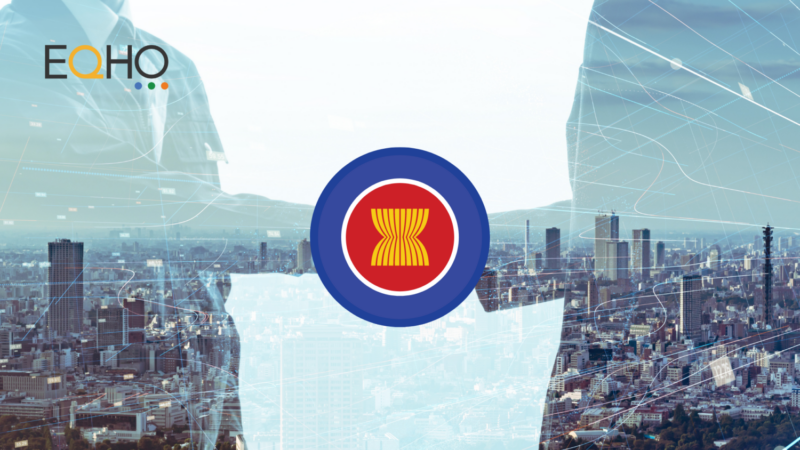Even as a market leader in the so-called “independent” media entertainment, Netflix continues to stick to its localization strategy in northern Europe. Netflix was also one of the first major media entertainment companies to take localization past the point of simple linguistics. One might even blame Netflix for the proliferation of dubbing rather than subtitling around the world, raising the stakes and the production budgets for media entertainment companies who want to compete on a grand scale.
Netflix in Northern Europe
One might think that an American company would have no trouble “localizing” content for European countries. As a matter of fact, there should be no localization required at all, right?
This is exactly the attitude that kept the precursors to Netflix from gaining any sort of real ground as a streaming service outside of the local or regional radius. Netflix was truly the first company to take localization seriously, even between countries that supposedly spoke the same language.
The truth is that there are many cultural differences between the United States and the countries of northern Europe. There are also many other hurdles, including stricter government regulations on content.
European Transcreation
Many media entertainment companies had huge problems trying to literally translate American content into the European continent. Although the language is basically the same, as in people from the continent of Europe can understand the basic speech of Americans, the content itself was not engaging. One look at top-rated comedy shows on the BBC will tell you that Europeans have a much different view of what comprises humor, drama and any of the other emotives that one garners from visual entertainment.
Netflix, along with many of its competitors, begin the process of transcreation when they found that simple translation of hit American shows was not enough for Europe. Even innocuous (according to Americans) movies such as ET the Extra Terrestrial rose grave concerns for parents in Finland, Norway and Sweden. The movie, which garnered a relatively tame PG rating for its initial run, was almost banned in northern Europe. Although the ban never completely took hold, the classic movie was age restricted up to 12 years old in the region.
There were many other instances of cultural differences taking the movie away from its intended audience in Europe. Simple translation was made an even worse strategy as the European Union began to crack down on the way that content was distributed throughout the continent.
Internationalizaion
Netflix began to smarten up about video localization techniques. It also changed its advertising in northern Europe to coincide with the cultural norms of the local area. This is when they began to score some high marks with their intended audiences. Playing on this success, they even redesigned the Netflix user interface to support other languages in northern Europe. This helps to bring in another strain of people in the area – immigrants who found their way into northern Europe from places like Malaysia.
Netflix wasn’t done with its transcreation efforts. In an attempts to fully internalize its platform into northern Europe, Netflix began to tweak the smallest details in its user interface, content development and marketing efforts to the northern European audience. Once it was time to leverage technology to go full bore in the area, Netflix was basically already accepted by the kingmakers there.
Hermes
The language testing platform that may be putting Netflix over in northern Europe came about as a Netflix initiative to be mindful of culture. Before Hermes, Netflix had to contract out for translation, and the results that they got back were not the most consistent. Hermes was invented to streamline the handling process in house, and they now have access to the best translators in the business. Although technology is getting more complex and marketing is becoming more competitive, finding great translators remains one of the core problems in media entertainment.
The Results
April 2018 began the Netflix launch of its European production arm. It began in Rome with an earmark of US $1 billion at first. The plan is to spend US $8 billion for all original productions in Europe. The entire year saw Netflix launch more than 100 projects out of the EMEA region. Overall, the projects are becoming more and more accepted as Netflix localizes its process to the region.
From the writing to the translation, Netflix may as well be a northern European business today. Its original series in the area will come from storylines that are generated from the landscape and history of the area. Pretty soon, we may be looking at transcreated content that comes from Finland into the United States rather than the other way around.
The Example of Netflix
The story of Netflix can give us all insights as to how to best leverage our own resources in media entertainment to access new markets. Localization is the way to go global. There is no such thing as “wide net programming” anymore – people are expecting content that is relevant to their culture, language preferences and sense of humor.
If you are looking to compete with the giants like Netflix, you will need your content to move into the area as if it was original. Make sure that you have the absolute best translators and transcreators on the job before you spend money promoting. Take the example of Netflix to heart – the way to true success in media entertainment is to show that you understand where people are truly coming from.[:]



